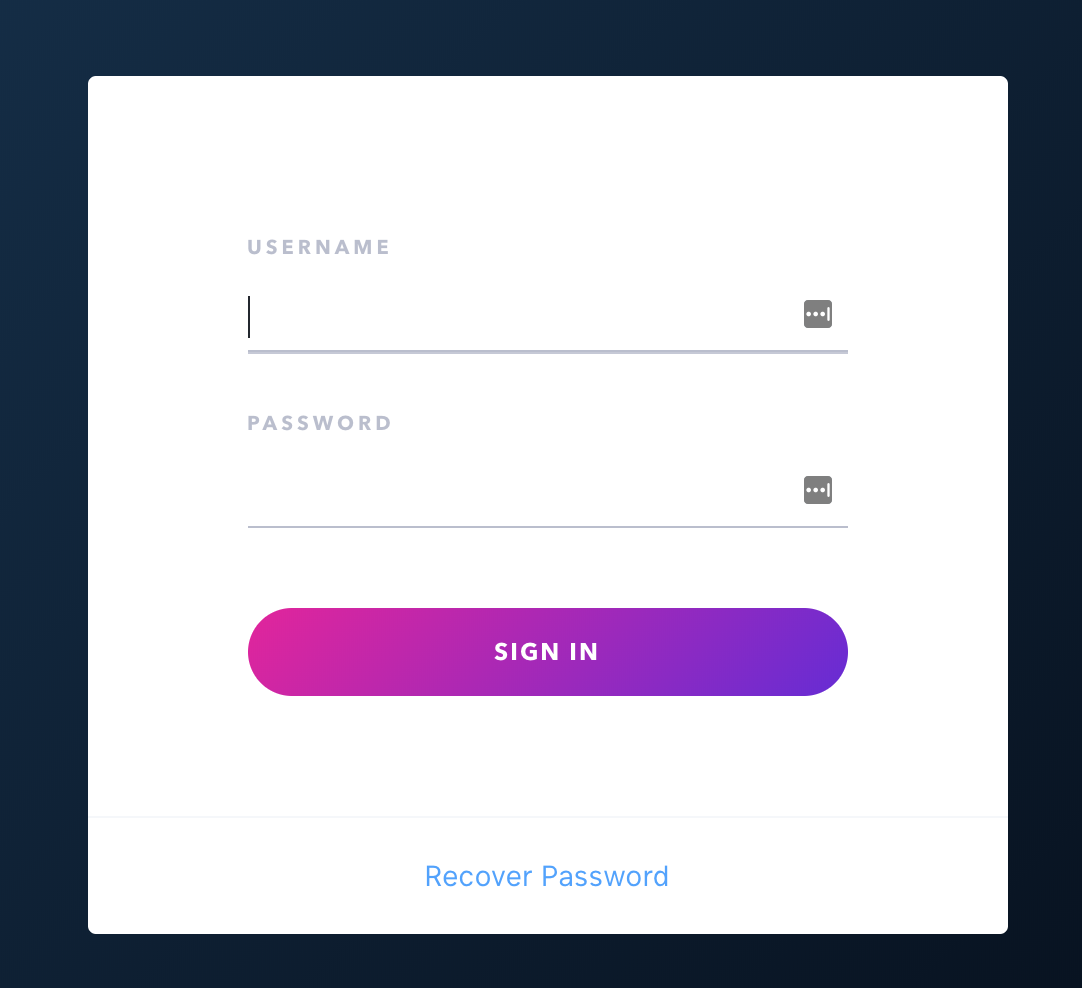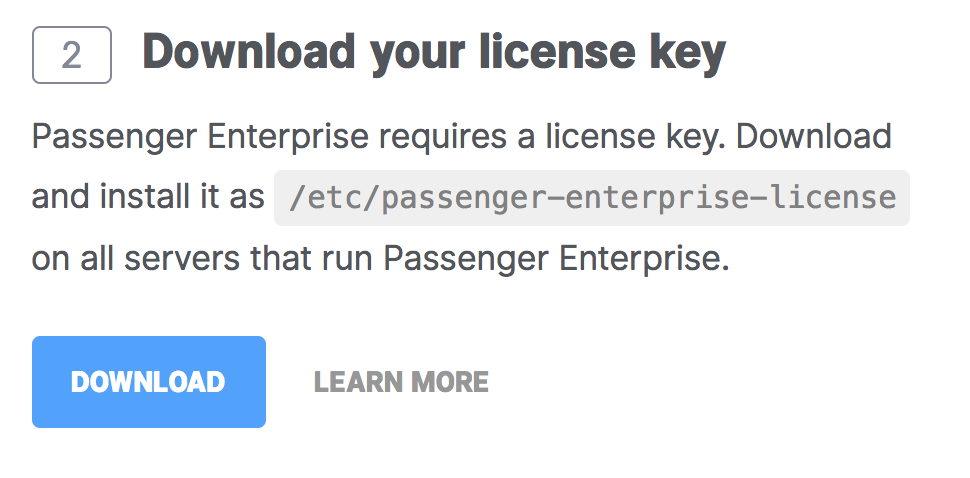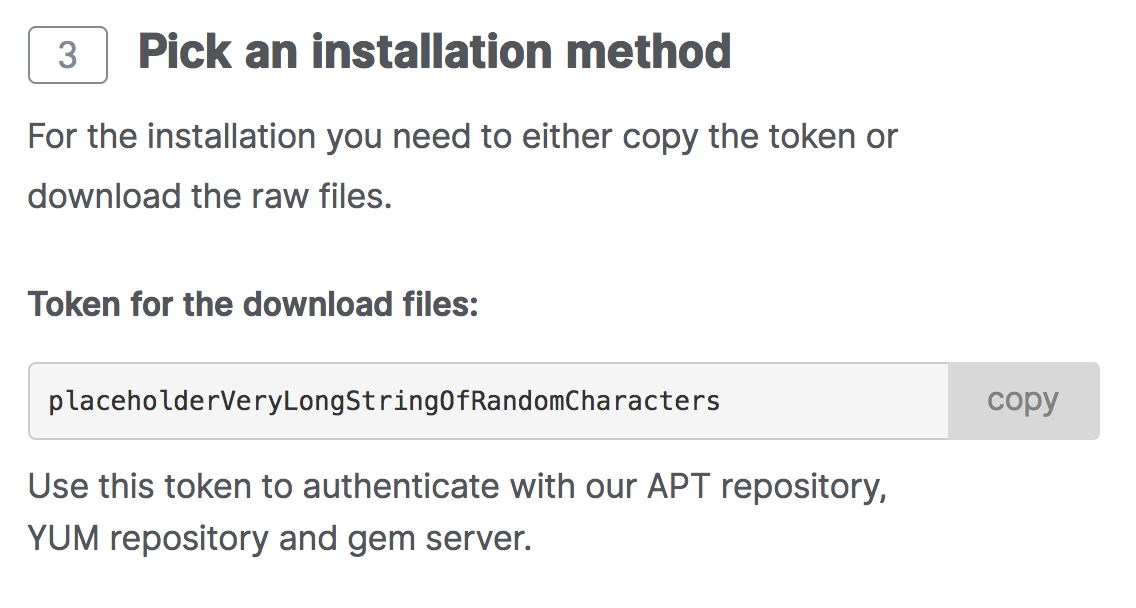Installing Passenger Enterprise Standalone
from RubyGems (with RVM)
Table of contents
- Loading...
Installation
Step 1: download and install your license key
Before you can install Passenger Enterprise, you need to download and install your license key. This is a regular file that you need to copy to your production server.
Please login to the Passenger Enterprise Customer Area.

Click on the Install button in the Customer Area.

Click on the button to download the license key.

The license key will be downloaded to your local computer. Copy this license key file to your production server, for example using scp:
local-computer$ cd /path-to-your-local-computer-download-folder local-computer$ scp passenger-enterprise-license adminuser@yourserver.com:
Replace adminuser with the name of an account with administrator privileges or sudo privileges.
Finally, login to your production server and save the file as /etc/passenger-enterprise-license:
local-computer$ ssh adminuser@yourserver.com production-server$ sudo mv passenger-enterprise-license /etc/passenger-enterprise-license production-server$ chmod 644 /etc/passenger-enterprise-license
Step 2: obtain your download token
Your download token is needed in order to install Passenger Enterprise. In the Customer Area, find your download token and copy it to your clipboard.

Step 3: install gem
Add the Passenger Enterprise gem server to your RubyGems source list:
$ unset HISTFILE $ gem source --add https://download:YOUR_DOWNLOAD_TOKEN@www.phusionpassenger.com/enterprise_gems/
Substitute YOUR_DOWNLOAD_TOKEN with the one you found in the Customer Area. And notice the trailing slash in the URL! It is very important.
Finally, install Passenger Enterprise gem with:
$ gem install passenger-enterprise-server --no-rdoc --no-ri
The --no-rdoc --no-ri argument isn't really necessary, but it makes installation faster by skipping generation of API documentation.
rvmsudo.
Since you are using RVM, don't use sudo! Always use rvmsudo instead when executing Ruby-related commands! Learn more about rvmsudo at the RVM website.
Step 4: validate installation
After installation, please validate the install by running rvmsudo passenger-config validate-install. For example:
$ rvmsudo passenger-config validate-install * Checking whether this Phusion Passenger install is in PATH... ✓ * Checking whether there are no other Phusion Passenger installations... ✓
All checks should pass. If any of the checks do not pass, please follow the suggestions on screen.
FAQ
I have multiple Ruby versions or gemsets. Does it matter which one I use to install Passenger with?
Not really. Passenger doesn't care which Ruby you used to install it; it can still serve Ruby apps with any Ruby version, as long as you tell Passenger which Ruby interpreter you want to use.
You tell Passenger which Ruby interpreter to use by using the --ruby command line option.
Please also read How having multiple Ruby interpreters affects Passenger. In particular, read the RVM-related caveats.
Some of the dependent libraries are installed in non-standard locations. How do I allow the compiler to find them?
Please refer to Customizing the compilation process.
How do I pass additional flags to the compiler?
Please refer to Customizing the compilation process.




